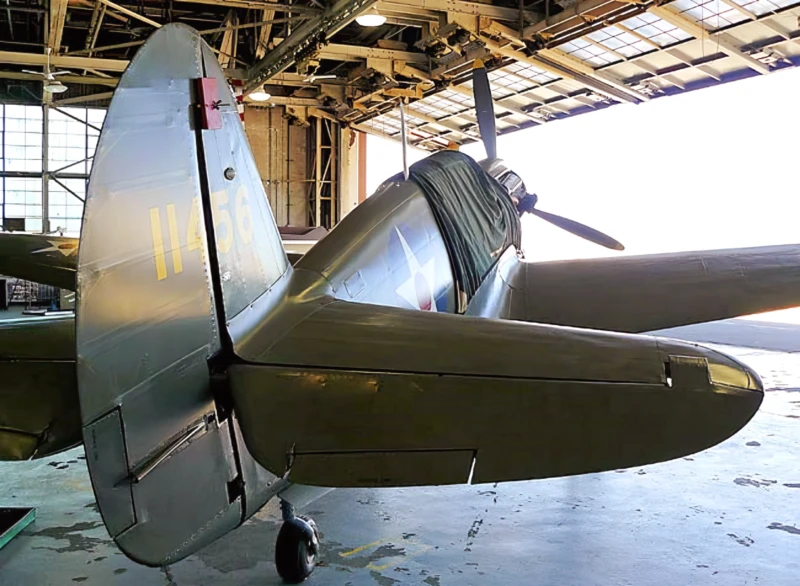
Curtiss P-40 Warhawk | |
|---|---|
| Krajiny | Spojené štáty americké |
| Úlohu | Stíhacie a pozemné útočné lietadlá |
| Prvá muška | 14. októbra 1938 |
| Postavený | 13738 |
Komisia Curtiss P-40 Warhawk bol americký jednomotorový, jednomestný, all-metalový stíhací a pozemný útočný lietadlo, ktoré prvýkrát letelo v roku 1938. Konštrukcia P-40 bola modifikáciou predchádzajúcich Curtiss P-36 Hawk, ktorá skrátila čas vývoja a umožnila rýchly vstup do výroby a prevádzky. Warhawk bol používaný vzdušnými silami 28 národov, vrátane tých z väčšiny spojeneckých mocností počas druhej svetovej vojny, a zostal v službe v prvej línii až do konca vojny. Bola to tretia najvýkonnejšou americkou stíhačkou po P-51 a P-47; do novembra 1944, keď sa zastavila výroba P-40, bolo postavených 13 738, všetky v hlavných výrobných závodoch Curtiss-Wright Corporation v Buffale v New Yorku.
Zdrojový: Curtiss P-40 Warhawk na Wikipédii
| Curtiss P-40 Warhawk 22 | |
|---|---|
| Fotograf | Neznáme |
| Lokalizácia | Neznáme |
| Fotografie | 30 |
| Curtiss P-40C Warhawk Walk Around | |
|---|---|
| Fotograf | Vladimír Jakubov |
| Lokalizácia | Zbierka lietajúceho dedičstva |
| Fotografie | 54 |
| Curtiss P-40 Warhawk Walk Around | |
|---|---|
| Fotograf | Bill Maloney |
| Lokalizácia | Múzeum americkej leteckej energie |
| Fotografie | 30 |
Pozri tiež:
| Curtiss P-40-E Kittyhawk Walk Around | |
|---|---|
| Fotograf | Cees Hendriks |
| Lokalizácia | Neznáme |
| Fotografie | 30 |
| Curtiss P-40E Warhawk Walk Around | |
|---|---|
| Fotograf | Vladimir Yakubov |
| Lokalizácia | Továreň na stíhačky, Virginia Beach |
| Fotografie | 120 |
| Curtiss-Wright P-40N Kittyhawk Walk Around | |
|---|---|
| Fotograf | John Shupek |
| Lokalizácia | Neznáme |
| Fotografie | 12 |
Komisia Curtiss P-40 Warhawk was an American single-engine, single-seat, all-metal fighter and ground-attack aircraft that saw extensive use by Allied powers during World War II. Though often overshadowed by faster contemporaries, the P-40 was a robust, reliable, and crucial aircraft, particularly in the early years of the conflict.
Design and Characteristics
- Rola: Fighter and Ground-Attack. It was the third-most produced American fighter of World War II.
- Motor: It was powered by the **Allison V-1710 V-12 liquid-cooled engine**. A lack of a high-altitude, two-stage supercharger in the most numerous early variants limited the P-40’s performance above 15,000 feet.
- Výzbroj: Armament varied, but typical P-40s were armed with **Six .50 caliber (12.7 mm) Browning machine guns** mounted in the wings. It could also carry a bomb, making it an effective fighter-bomber.
- Silné: The P-40 was noted for its **excellent diving speed**, **tough construction**, and **heavy armor plating**, making it highly survivable in combat and an ideal platform for ground attack.
- Slabé stránky: Its primary disadvantage was its **poor performance at high altitudes** and its relatively **low climb rate**.
Operational History
The P-40 served in nearly every theatre of the war under various names and with numerous air forces:
- The Pacific and China: The Warhawk is most famously associated with the **Flying Tigers** (American Volunteer Group) in China, where its iconic shark-mouth nose art became a symbol of Allied air power. Its ruggedness and good low-to-medium altitude performance made it effective against Japanese aircraft.
- North Africa: Under British and Commonwealth service, it was known as the **Tomahawk** (early variants) and **Kittyhawk** (later variants). It was vital in North Africa, where the majority of air combat occurred at lower altitudes where the P-40 was competitive.
- Soviet Union: The P-40 was supplied to the Soviet Union through the Lend-Lease Act, where it was used as a frontline fighter, primarily for ground attack and air superiority at low altitudes.
The P-40 Warhawk was instrumental in keeping Allied air forces competitive in the early stages of World War II until more advanced fighters became widely available.
Views : 12394
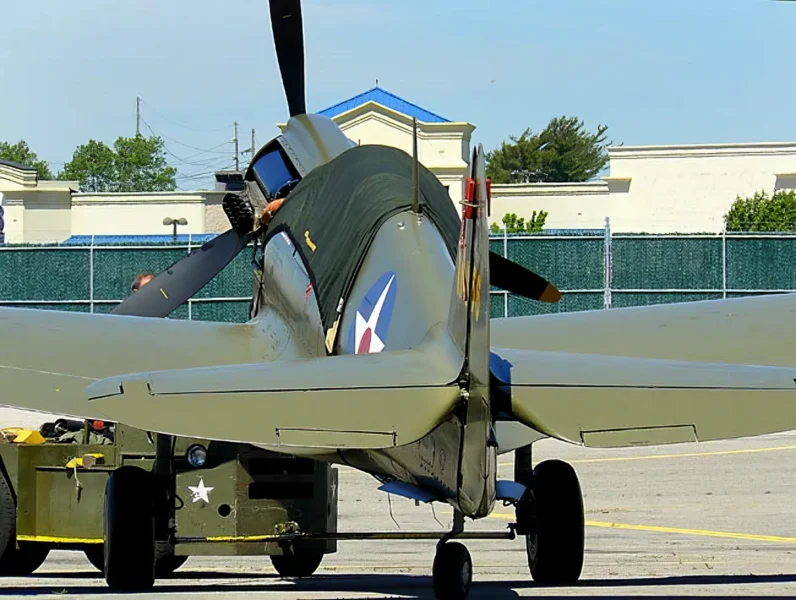
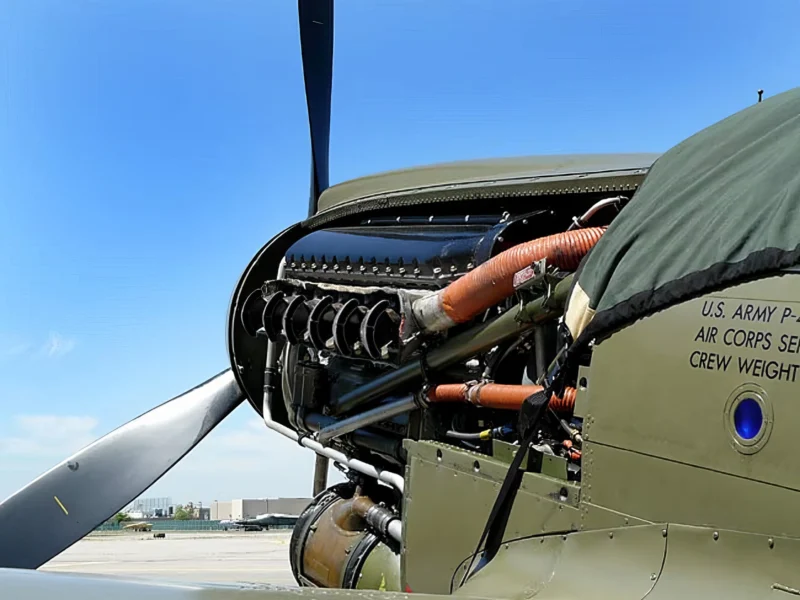
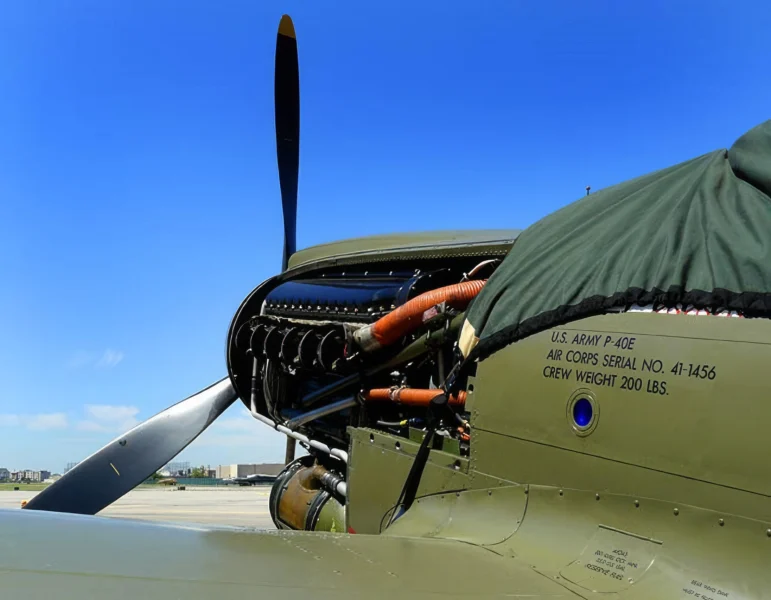
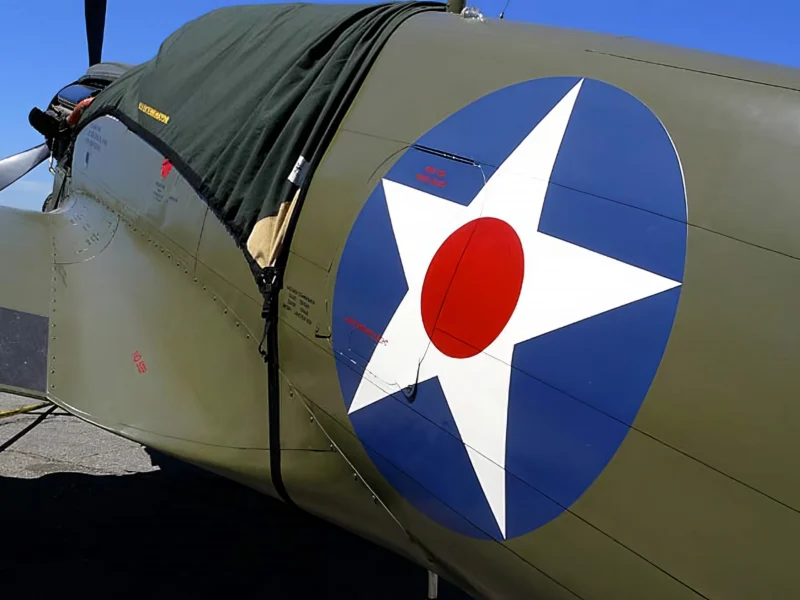
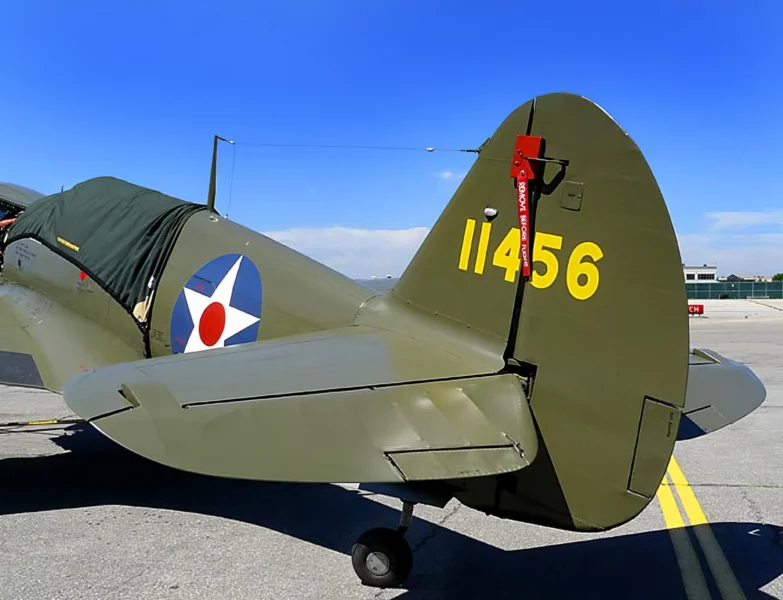
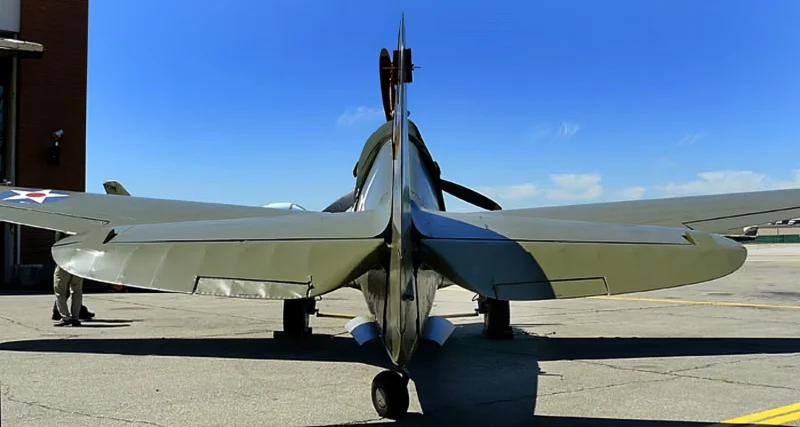
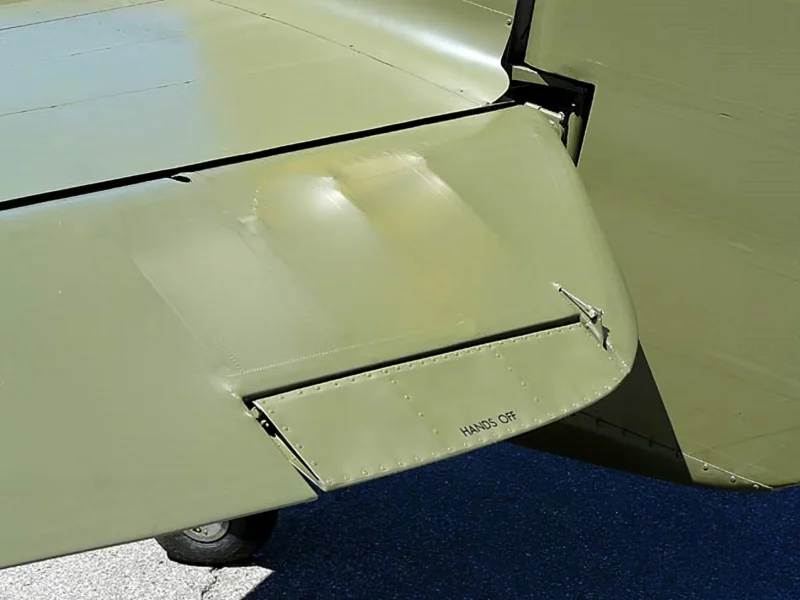
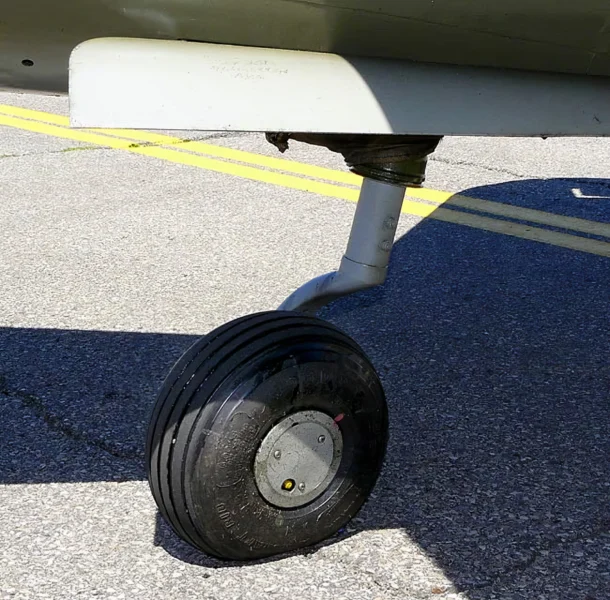
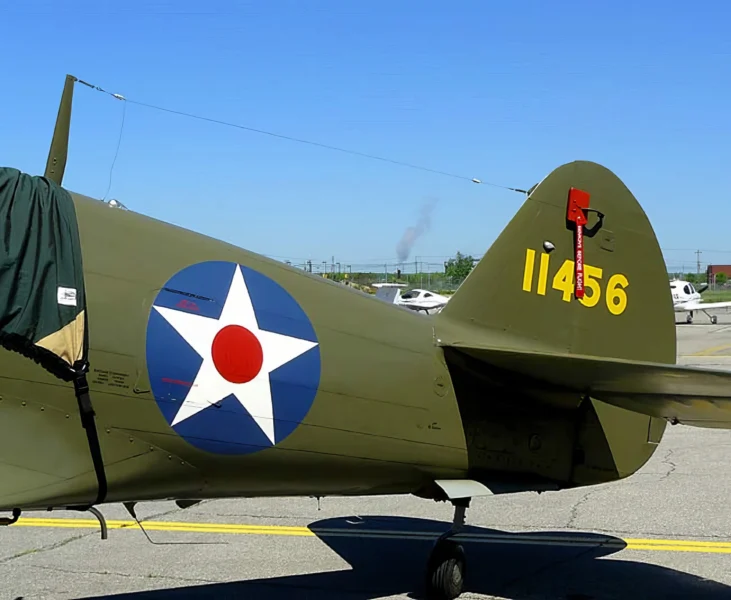


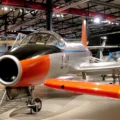
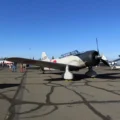
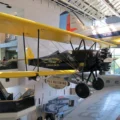
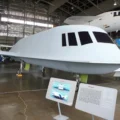
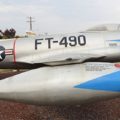
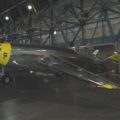
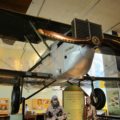
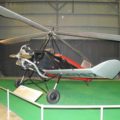
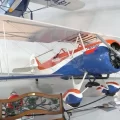
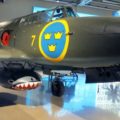
Nová sada 54 fotografií Curtiss P-40C Warhawk